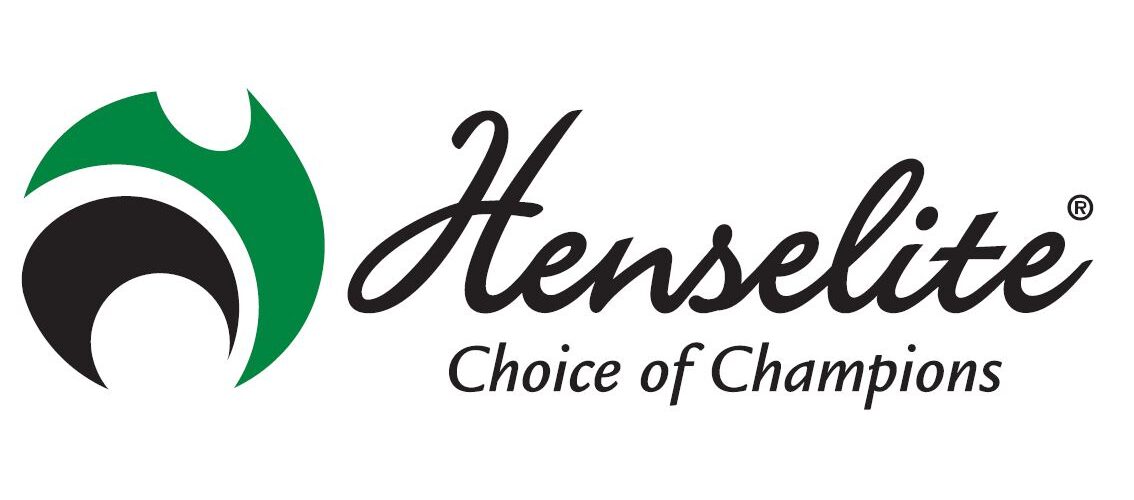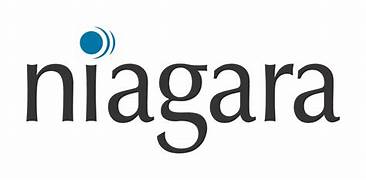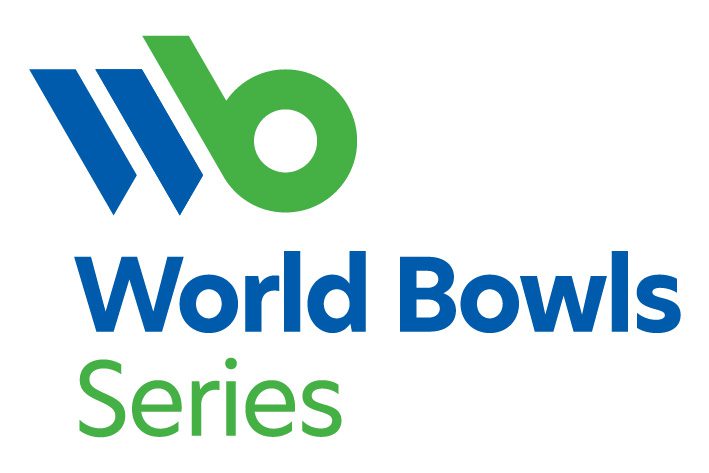Guidelines for Markers
Using Shot Indicators
Law 42.2.9 states that the marker must “when authorised by the Controlling Body, signal to players and spectators (using the appropriate number and colour of shot indicators or some other suitable method) which player’s bowl or bowls the marker considers to be the shot”. The decision on whether shot indicators are to be used during an event lies, therefore, with the Controlling Body and not with the marker.
The most widely used type of shot indicators are known as ‘lollipops’ or ‘paddles’. They are usually pieces of white plastic material, about 20 centimetres (8 inches) long, which have been cut in the shape of a child’s lollipop or a boat-paddle (hence the names). The head of each lollipop is usually square or round and is covered in a coloured, laminate type fabric. It is quite common, however, to see lollipops which have been cut from coloured plastic sheet – removing the need for the fabric covering on the head.
For Singles games, a set of lollipops comprises four individual lollipops with the same colour of head which have been joined near the end of the handle by a pin. The marker should always have two sets to hand – with the colours of the sets matching the colours of the adhesive stickers on each of the player’s bowls.
Using Shot Indicators

Displaying Lollipops during an end
Displaying the Lollipops during an End
To indicate the number of shots being held and by whom during the course of an end, the appropriate number of lollipops from the appropriate set should be displayed. When displaying the lollipops, the set should be held in one hand, with the arm extended to the side of the body in line with the shoulders and the elbow bent at an angle of around 45°. The heads of the lollipops should be in line with, or be slightly above, the level of the forehead.
When displaying the lollipops the marker should adopt the standard marker’s stance behind the head, facing the direction of the mat line. The lollipops should be displayed with the hand facing the direction of the mat line for two or three seconds.
The hand should then be turned through 90° for a further two or three seconds, before once again being turned to face the direction of the mat line for a final two or three seconds. There should be no need for the marker to alter the body position during the course of displaying the lollipops. To avoid distracting the players, lollipops should not be displayed while a player is on the mat preparing to deliver a bowl.
Displaying the Lollipops on Completion of an End
To indicate the number of shots scored and by whom at the conclusion of an end, the appropriate number of lollipops from the appropriate set should be displayed. When displaying the lollipops, the marker should hold the set in one hand as described in section 2 above and walk down the rink in a straight line midway between the centreline and boundary-line of the rink.
The lollipops should be displayed with the hand facing the direction of the mat line for the first four or five paces. The hand should then be turned through 90° for a further four or five paces, before once again being turned to face the direction of the mat line for the final four or five paces.
The number of paces taken will, of course, vary with the distance between the head and the opposite end of the rink. Whatever the number of paces, the lollipops should only be displayed until reaching a point about two-thirds of the length of the green (that is, until reaching the 25 metre marker). On reaching this point, the lollipops should be lowered smoothly and placed in the other hand alongside the unused set, in readiness for the start of the next end.
When walking down the rink the marker should do so at a pace which will mean reaching the opposite end in sufficient time to be able to check or set the mat for the next end without the players having to wait unduly.










